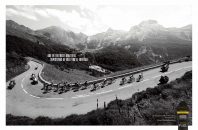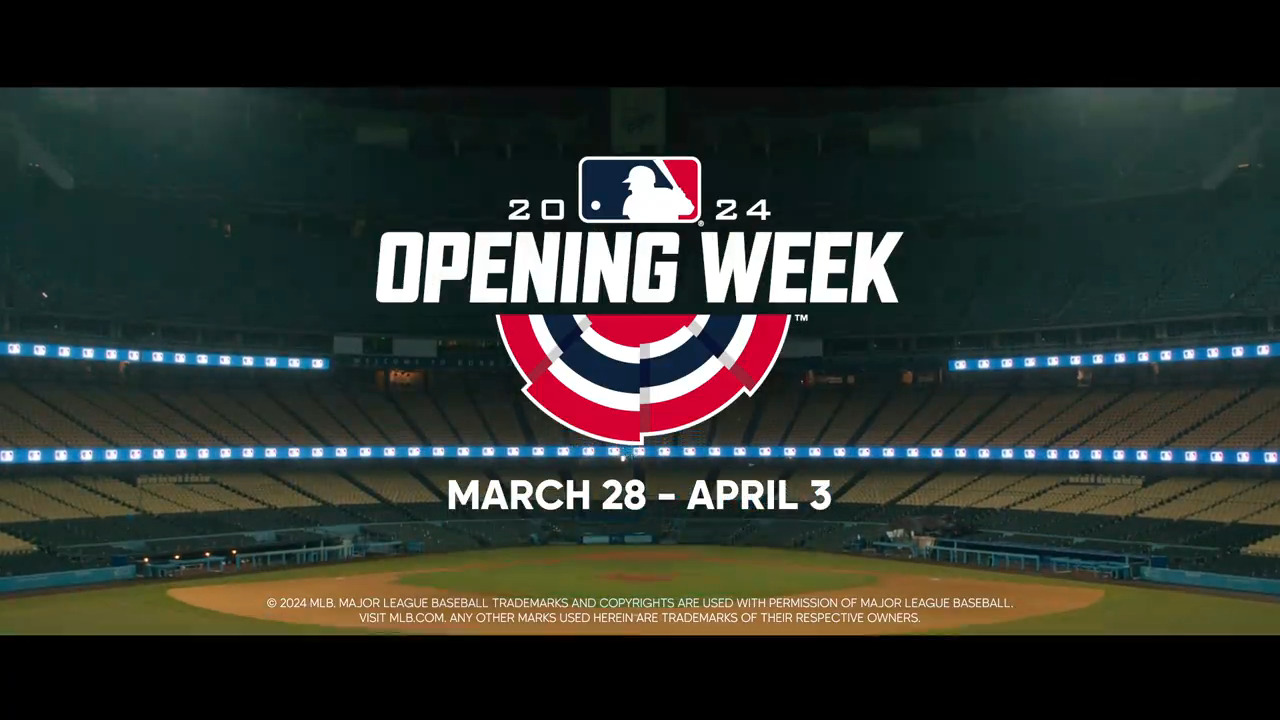For the Amgen Tour of California RadioShack, the consumer electronics retailers which backs the global elite pro-cycling outfit Team Radioshack, turned to Twitter as its key platform to incorporate a set of promoted products into its overall race-related marketing campaign supporting the team.
This use of promoted products was different from RadioShack’s previous Twitter campaigns because it was centered on a hashtag relevant only to RadioShack, #BackTheShack.
The company’s previous Promoted Trend campaigns used hashtags #UNeedANewPhone and #IfIHadSuperpowers, both of which had been popular as a source of conversation on their own. This time, the conversation would be led solely by RadioShack.
Before the race, RadioShack worked with Twitter to get information about how users interacted on the social network during the Tour of California in 2010. “They were able to give us data and insights to inform our decisions about how to activate the campaign,” Parker said.
On 15 May, RadioShack purchased the #BackTheShack hashtag. During the day, the company tweeted about the race and its team and encouraged users to go to a tab on the RadioShack Facebook page, which had interactive elements, including a contest and videos.
“This campaign was a great way for us to make RadioShack and Twitter relevant to cycling fans, but also to people who weren’t cycling fans,” Parker said. By also using the Tour of California’s #ATOC hashtag, RadioShack got involved with the overall conversation around the race and was able to introduce its Twitter feed to cycling fans.
RadioShack also needed to find a way to keep followers’ attention after the first day of the campaign. “We kicked it off with a promoted trend on the first day of the race, and then we had a Facebook tab that was the epicenter for all the content,” said Adrian Parker, social media director at RadioShack, in a June 2011 interview with eMarketer. “We used Twitter to spark [the campaign], but it was just one part of a bigger campaign. A Promoted Trend is an easy way to create 24-hour excitement,” Parker said. “But the challenge is, how do you make it relevant a week later?”
After the promoted trend ran for 24 hours, RadioShack purchased promoted tweets throughout the rest of the week, highlighting the tweets that reminded users to enter the contests it was running on Facebook. The company also tweeted regular updates about the cyclists, announced the daily winners of the Facebook contests and replied to fans.
“Our general philosophy and approach has been to ignite and spark the campaign with a promoted trend to create immediate awareness in the Twittersphere,” Parker said. “Then we can sustain that with promoted tweets and take ownership of a hashtag or dial into whatever the trending topic is for that day. And then a promoted account can be used specifically to gain followers.”
When it comes to measuring success, RadioShack looks at engagement metrics, such as new followers, retweets and other analytics, as well as measuring conversation, share of voice and resonance.
RadioShack gained 700 followers on the first day of the campaign, when the promoted tweet ran. Across the entire week, its Twitter account gained more than 1,200 new followers, while its Facebook page gained 1,800 new likes.
There were more than 16,700 mentions of #BackTheShack and 4,000 retweets of RadioShack tweets during the week.
Comment:
It is something of a feat to carry Twitter conversations across several days – after all, they usually last only a matter of a few hours.
This campaign certainly demonstrates how Twitter’s real time flexibility is an important factor for live event marketers and sponsors. It enables you to adapt the content and change the plan accordingly for maximum impact.
Links:
https://twitter.com/#!/teamradioshack
http://www.livestrong.com/teamradioshack/




































Leave a comment
You must be logged in to post a comment.